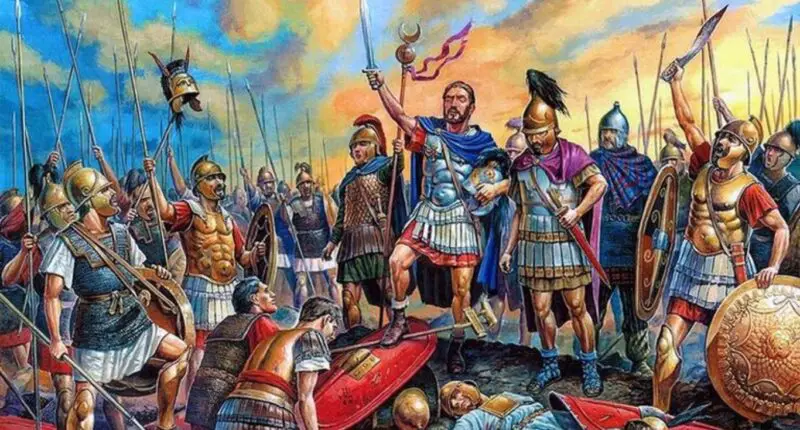Famous Battles and The Warriors Who Won Them: Throughout history, there have been numerous battles that have changed the course of civilizations and shaped the world we live in today. From ancient times to modern warfare, these battles have been fought by brave warriors who have risked their lives to defend their lands, beliefs, and values. In this article, we will delve into some of the most famous battles in history and explore the tactics, strategies, and heroism that made these battles so significant.
Famous Battles and The Warriors Who Won Them
Battle of Hastings (1066) – The Norman army, led by William the Conqueror
The Battle of Hastings was a significant conflict that took place on October 14, 1066, between the Norman army, led by William the Conqueror, and the Anglo-Saxon army, led by King Harold Godwinson. The battle was fought near the town of Hastings in southern England and is considered one of the most decisive battles in English history.

Norman army, which was made up of infantry, cavalry, and archers, utilized their superior military tactics and equipment to gain the upper hand over the Anglo-Saxon army. William the Conqueror’s forces were well-organized and disciplined, with a clear chain of command, which allowed them to outmaneuver the Anglo-Saxons.
The battle began with the Norman archers firing a barrage of arrows at the Anglo-Saxons, followed by the Norman cavalry charging into the enemy lines. Despite putting up a strong defense, the Anglo-Saxon army was eventually overwhelmed by the Norman forces, and King Harold Godwinson was killed in the fighting.
With the death of King Harold, the Norman victory at the Battle of Hastings paved the way for William the Conqueror to ascend to the English throne and become King William I of England. The Norman Conquest led to significant changes in the English language, culture, and political system, and its impact can still be seen in modern-day England.
Battle of Agincourt (1415) – The English army, led by King Henry V
The Battle of Agincourt was a pivotal engagement fought on October 25, 1415, during the Hundred Years’ War. It saw an English army of around 6,000 men, led by King Henry V, triumph over a French army of 20,000 to 30,000 men.
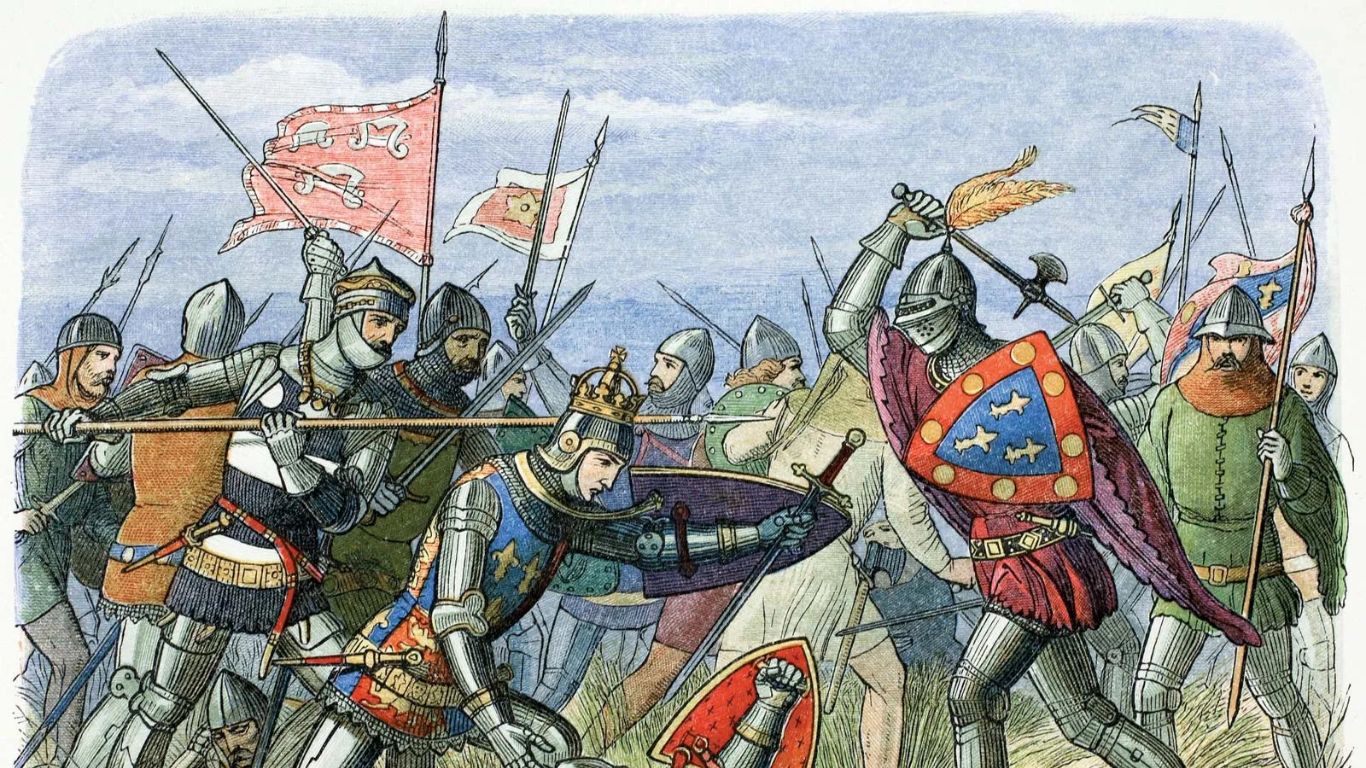
This battle took place near the village of Agincourt in northern France, and the English had been greatly outnumbered and exhausted by the long march leading up to the battle. However, the English were equipped with longbows, which proved to be the deciding factor in their victory. The French knights, weighed down by their heavy armor, were cut down by the English archers as they tried to charge across the muddy battlefield.
The Battle of Agincourt was a remarkable victory for the English and resulted in significant losses for the French, including a large number of nobles and knights. The victory was celebrated in England and became an important symbol of national pride.
This battle had long-term consequences as well, leading to a peace treaty that recognized Henry V as the heir to the French throne and eventually paving the way for the end of the Hundred Years’ War. It also contributed to the decline of the importance of heavily-armored knights in warfare, as the effectiveness of archers proved to be a much more efficient way of winning battles.
Battle of Waterloo (1815) – The Duke of Wellington led the British
The Battle of Waterloo was a significant conflict that occurred on June 18, 1815, near the town of Waterloo in present-day Belgium. The battle involved the forces of the French Emperor Napoleon Bonaparte, who was attempting to re-establish his power in Europe after his exile on the island of Elba, and the British army under the command of the Duke of Wellington, with support from the Prussian army under General Gebhard von Blücher.

The battle was a culmination of the long-standing tensions and political conflicts that had plagued Europe since the French Revolution. The Duke of Wellington was an experienced military commander who had fought in several major battles during the Napoleonic Wars. He strategically positioned his troops on high ground, allowing them to repel several French attacks throughout the day.
Despite initial successes on the battlefield, the French forces were eventually overwhelmed by the combined forces of the British and Prussian armies. Napoleon abdicated shortly after the battle and was exiled to the remote island of Saint Helena.
The Battle of Waterloo is widely regarded as one of the most important battles in European history, marking the end of Napoleon’s reign and the beginning of a new era of peace and stability on the continent. The battle has also been immortalized in popular culture, with numerous books, films, and other media portraying the events of that day.
Battle of Gettysburg (1863) – The Union army, led by General George Meade
The Battle of Gettysburg was a significant turning point in the American Civil War, fought between July 1 and July 3, 1863. The Confederate Army, led by General Robert E. Lee, invaded Pennsylvania with the intention of seizing the town of Gettysburg and then advancing into the north. However, the Union Army, under General George Meade, intercepted them and a fierce battle ensued.
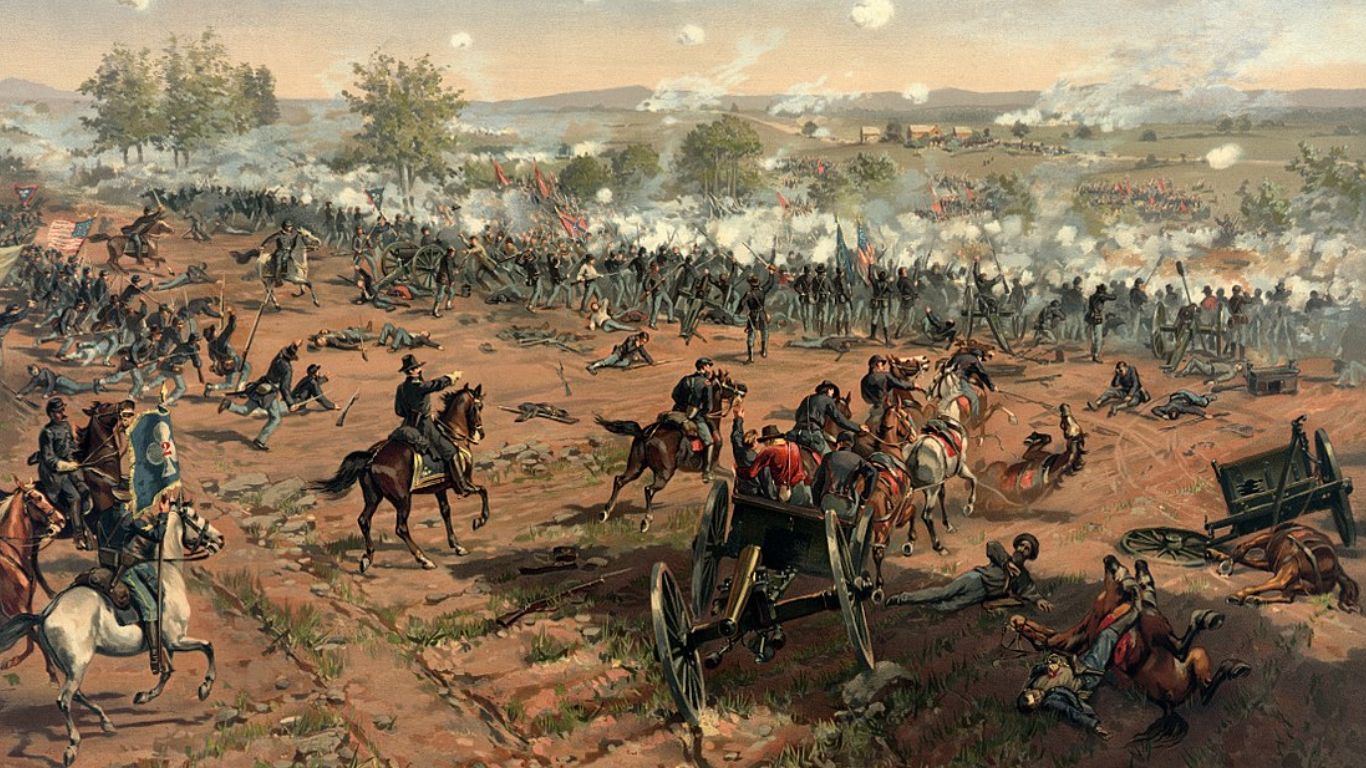
This battle was fought over three days, with both sides suffering heavy losses. However, the Union Army emerged victorious, with the Confederates being forced to retreat back to Virginia. The battle resulted in the largest number of casualties in the entire war, with over 50,000 soldiers being killed, wounded, or captured.
The victory at Gettysburg was a major turning point in the Civil War, as it marked the first time that the Confederates had been decisively defeated on northern soil. It also gave a much-needed boost to the Union Army’s morale, as they had suffered a string of defeats prior to the battle. The victory at Gettysburg also paved the way for President Abraham Lincoln to issue the Emancipation Proclamation, which declared all slaves in Confederate states to be free.
Battle of Saratoga (1777) – The American Continental Army, led by General Horatio Gates
The Battle of Saratoga was a turning point in the American Revolutionary War. It was fought from September 19 to October 7, 1777, in upstate New York. The British had planned to divide the colonies by capturing the Hudson River Valley and isolating New England. General John Burgoyne led the British army south from Canada, while General William Howe was supposed to advance north from New York City. However, Howe decided to capture Philadelphia instead, leaving Burgoyne without the expected support.
The American Continental Army, led by General Horatio Gates, saw an opportunity to trap Burgoyne’s army and took advantage of it. They set up a strong defensive position in Bemis Heights and prevented the British from advancing. The British made several unsuccessful attempts to break through the American lines, suffering heavy losses.

After three weeks of fighting, Burgoyne’s army was surrounded and forced to surrender on October 17, 1777. This victory was a turning point in the war because it convinced the French to join the Americans in the fight against the British. The French recognized that the American forces were capable of defeating the British in battle and saw an opportunity to weaken their longtime enemy. The support of the French was crucial in helping the Americans secure their independence from Great Britain.
The Battle of Saratoga also boosted American morale and confidence. It showed that the Continental Army was a force to be reckoned with and capable of defeating the powerful British army. Overall, the Battle of Saratoga was a crucial victory for the American cause and helped pave the way for eventual victory in the Revolutionary War.
Battle of Trafalgar (1805) – The British navy, led by Admiral Horatio Nelson
The Battle of Trafalgar was a naval engagement fought on October 21, 1805, off the coast of Spain. The battle was a part of the Napoleonic Wars and saw the British navy, led by Admiral Horatio Nelson, facing the combined French and Spanish fleets. The battle resulted in a decisive victory for the British navy and is considered one of the most significant naval battles in history.
Admiral Nelson’s innovative tactics and leadership were the key factors that led to the British victory. He devised a plan to break the French and Spanish fleets into smaller groups and attack them separately. This tactic, known as “crossing the T,” allowed the British to take advantage of their superior firepower and win a clear victory.
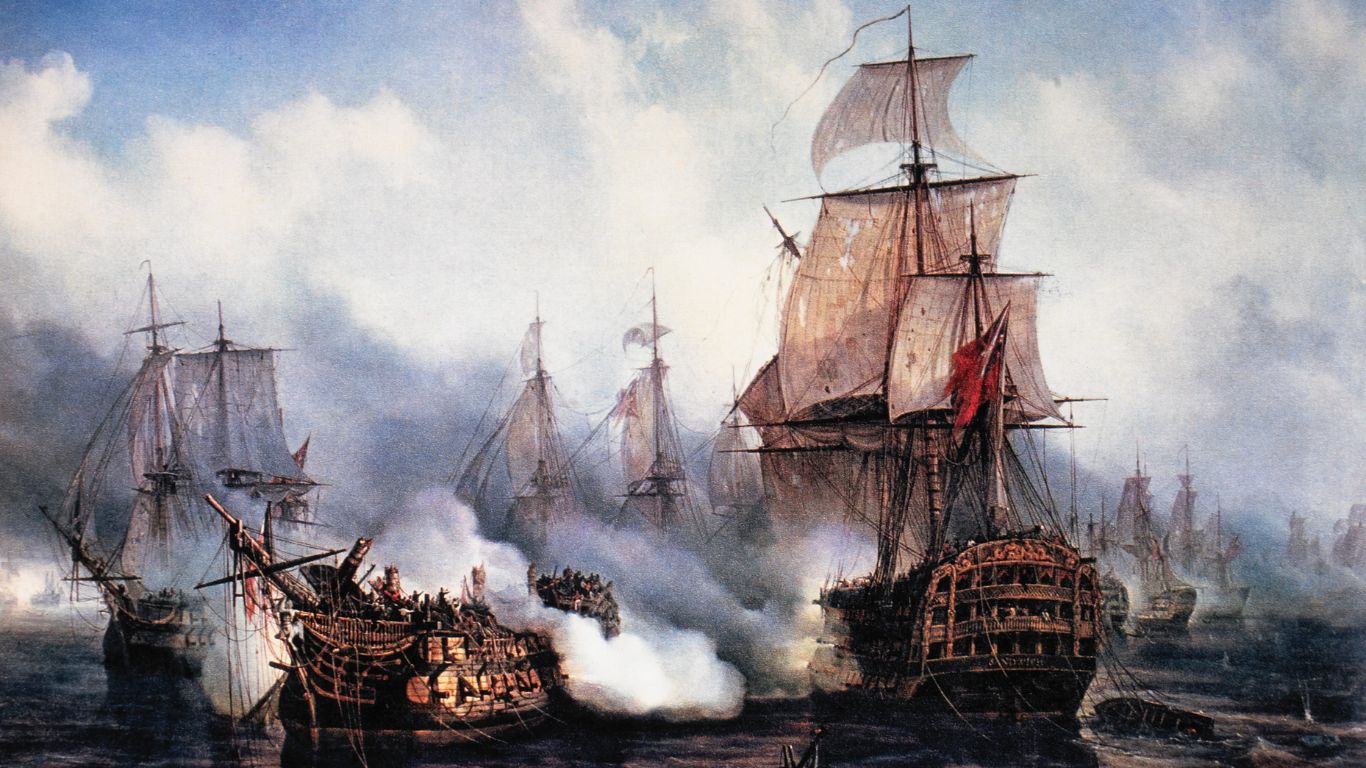
The battle saw the British navy lose no ships, while the combined French and Spanish fleets lost 22 ships and over 14,000 men. Unfortunately, Admiral Nelson was fatally wounded during the battle and died shortly after the victory. Despite his death, the Battle of Trafalgar ensured British naval supremacy for decades to come and prevented Napoleon from invading Britain.
The Battle of Trafalgar remains a significant event in British history and is celebrated annually on October 21 as Trafalgar Day. The battle also highlights the importance of innovation, leadership, and strategy in warfare, demonstrating how a small group of well-led and well-equipped troops can defeat a much larger force.
Battle of Cannae (216 BC) – The Carthaginian army, led by General Hannibal
The Battle of Cannae was a major battle fought between the Carthaginians and the Romans during the Second Punic War. The battle took place in 216 BC in southern Italy, near the town of Cannae. The Carthaginian army, led by General Hannibal, faced off against a much larger Roman army, led by Consuls Lucius Aemilius Paullus and Gaius Terentius Varro.
Hannibal used a tactic known as the double envelopment, where he surrounded the Roman army on both sides, trapping them in a pincer movement. Despite being heavily outnumbered, Hannibal’s forces were able to use their superior cavalry and infantry tactics to rout the Roman army. The battle resulted in a massive loss for the Romans, with over 50,000 soldiers killed or captured, including both consuls.
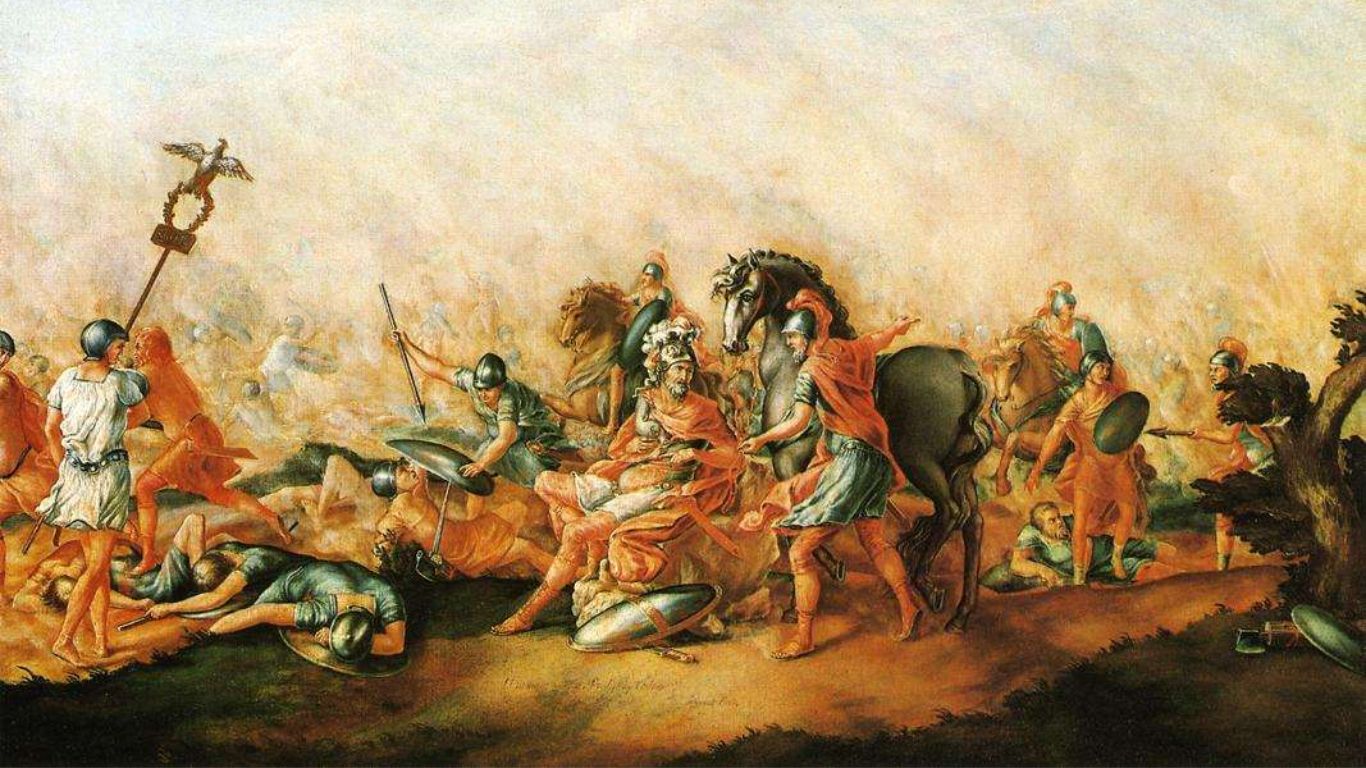
This victory at Cannae was a turning point in the Second Punic War, and Hannibal’s greatest triumph. However, despite the victory, Hannibal was unable to capitalize on the opportunity and march on Rome. He was later defeated by the Roman army at the Battle of Zama in 202 BC, effectively ending the war.
The Battle of Cannae is remembered as one of the most strategically significant battles in military history, due to Hannibal’s use of the double envelopment tactic. It is also noted for the high number of casualties suffered by the Romans, which was one of the worst defeats in their history.
Also Read: The Untold Stories of Female Warriors Throughout History
